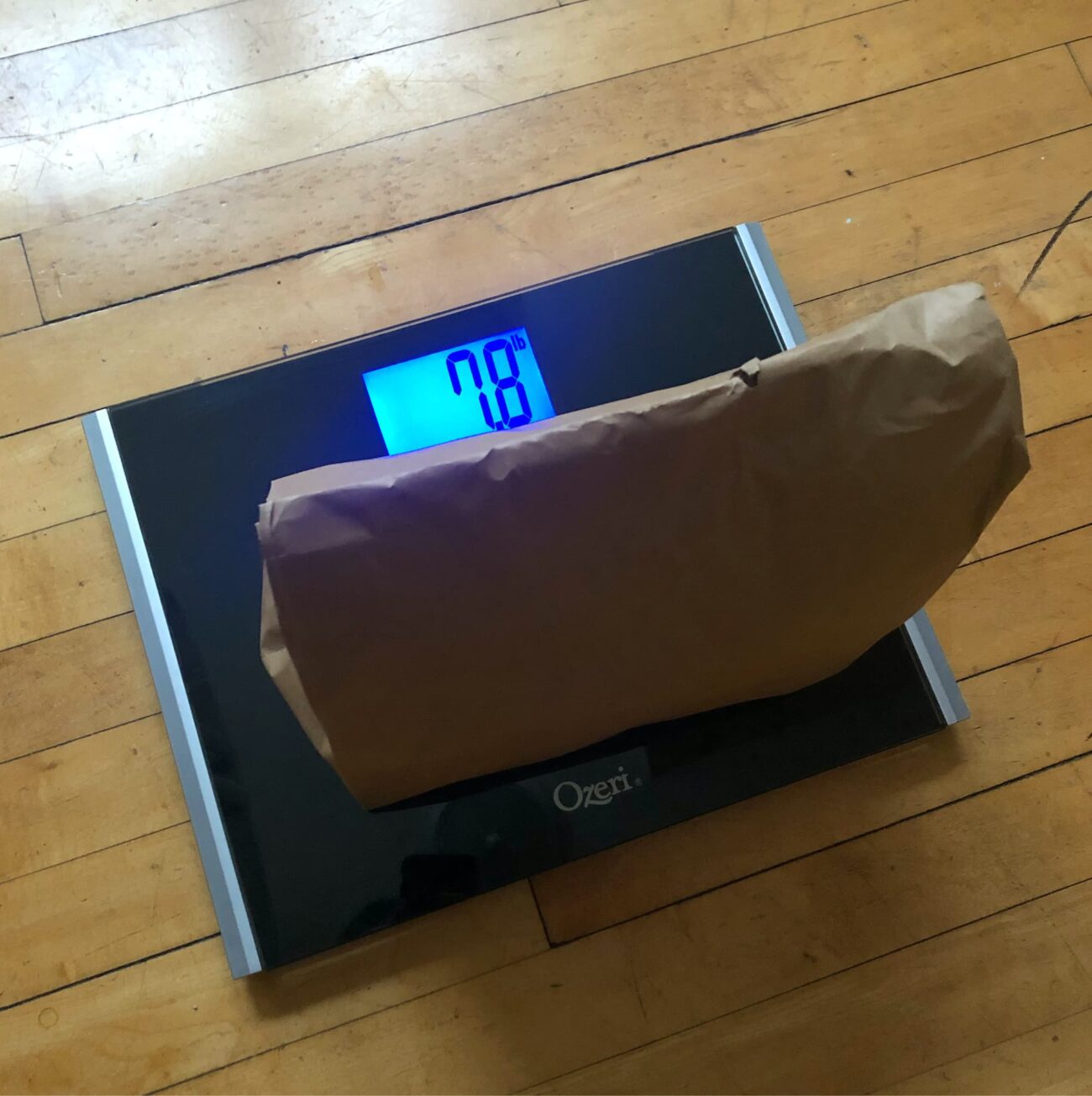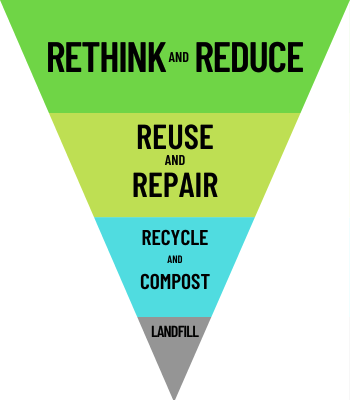
How to Conduct a Home Waste Audit
A home waste audit is an opportunity to get to know your household’s consumption and waste habits. We tend to think we have a pretty good idea of this already, but taking a moment to really look at and measure our waste can be eye-opening!
Doing an audit can help you identify the following:
- Ways you can reduce your waste personally
- Gaps in your city’s waste management and infrastructure
- Opportunities for companies to make improvements
- Changes to advocate for.
An audit creates a baseline to measure the success of future efforts. It also gives you data and insights to use when advocating for changes to systems and processes!
Follow these steps and helpful tips to get the most out of your audit.
A Friendly Reminder Before You Begin
We don’t live in a circular economy so you will generate waste. And due to limitations beyond your control, you may generate more or less waste than your neighbor. That’s ok. This is a “the more you know” kind of opportunity, not something to make you feel guilty.
We can’t expect everyone to divert food scraps and reduce their plastic use, if we don’t all have access to these services and alternatives. These are the kinds of gaps and barriers we need to identify, so we can build a sustainable Milwaukee. Let’s get started!
Getting Started
1. Talk with your household.
Make sure everyone in your household knows about the audit. You don’t want someone taking out the trash before it gets recorded!
Decide why you’re conducting an audit, and who is participating and how. Is there anything in particular you want to know?
2. Decide on the details of the audit.
Decide when you’ll start, and how long it will last. Determine what waste categories you will track.
Do you want high level categories like landfill, recycling, and compost? Or more specifics, like how much of the recycling is glass, plastic, paper, and aluminum? What categories make up the landfill waste?
Knowledge is power! The more specific you are, the better.
3. Determine your process for sorting & recording your data.
Decide how often you’re going to sort and record your waste. Will you do all categories at one time, as a bin fills up, or a little bit of both?
Decide where you’re going to sort and weigh it. Where do you have the most room to sort your items? Will you need to lay something down first to keep your home clean?
Make sure you have the tools you need to sort and record your information. Gather and label any additional bins if needed. Do you have a bathroom scale you can use?
Auditing Your Waste
1. Sort your waste.
Make sure all items are in the appropriate bin. Take note of any items that were placed in bins incorrectly.
Keep an eye out for items that are often misplaced. For example, greasy pizza boxes placed in the recycling, or #7 PLA placed in the recycling or compost bins.
Sort the high level categories into specific ones as needed.
2. Weigh your waste and record your findings.
Weigh one category at a time and record the results. Using a program like Google Sheets or Excel makes it really easy to turn your data into an easy to read chart. Pie charts offer a great visual!
If you’re weighing the items in something heavier than a paper or plastic bag, be sure you subtract the weight of the container. (weight of glass in recycling bin – weight of recycling bin = weight of glass)
If your scale needs to reach a certain weight for it to register, you may need to weigh yourself holding the items. If this is the case, hold the items as close to you as you can for an accurate reading. Subtract your weight from the total as described above.
Take photos as you go! This is a good way to capture information you don’t specifically record. It also provides a good visual of the data, especially if items don’t weigh a lot.
Analyzing Your Results
Do any of the category totals surprise you? Which category included the most waste? Take a look at what items this included.
Take note of any patterns or surprises. Were there any items commonly misplaced in a category?
Are you recycling or landfilling items that could be reused, repaired, or donated? Are you buying or using things you don’t need? Are there alternatives you could buy or use that produce less waste?
What waste are you generating because you don’t have have other options? Are you sending items to the landfill because composting or recycling services aren’t available?
What is limiting your options? Would changes to policies or access to resources and services create more options for you?
Making a Plan to Reduce Your Waste
Based on your results and what you identified, what steps can you take to reduce your waste?
What changes can you make at home? What companies can you request make changes?
Talk to your alderperson and community about the limitations you’re experiencing. Find out if there are any policies or solutions you can advocate for.
Consider the steps in the waste hierarchy image below and come up with actions you can take to reduce your waste. Set goals and do another home waste audit in the future to measure your success.

Remember, knowledge is power! Once you’ve completed your home waste audit, you’ll have the information you need to make and advocate for changes that will make an impact.
After you complete your audit, please share your findings and plans you’ve come up with below! We’d love to hear what you learned and what solutions you’re working towards.

